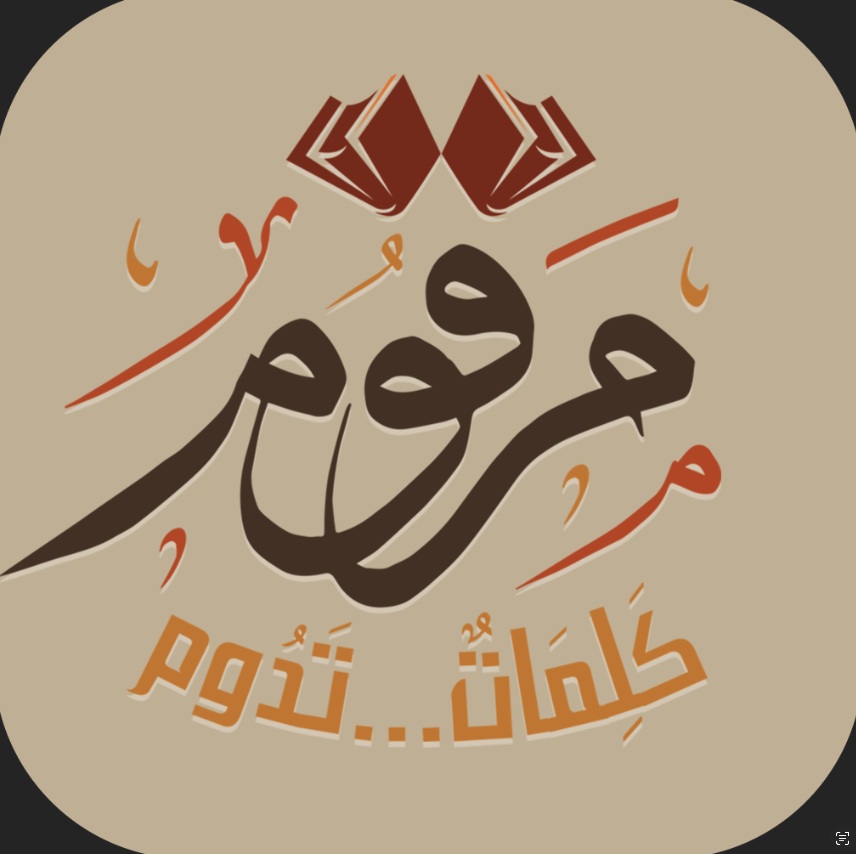
• The descriptions of creation in the Qur’an
are primarily messages from God, rather than factual or historical accounts.
They are intended to stimulate the readers or listeners into contemplating the
order and magnificence of the universe and thinking about the Creator Who is
behind it all. For example, “Verily, in the creation of the heavens and the
earth and in the alternation of night and day are signs for people who exercise
their intellect.” (Qur’an 3:190)
• The descriptions of creation are
interspersed with verses extolling God’s Power, reproaching humankind’s
ingratitude, and prompting humans to inquisitively ponder over their own
creation and this entire universe. For example, “Do they not look at the
camels, how they are created? At the sky, how it is raised? At the mountains,
how they are rooted and fixed firm?” (Qur’an 22:46).
• The Qur’an clearly states that the universe
had a beginning, and that God caused that beginning; all that God needs to
create anything is to say to it, “Be.” “The Originator of the heavens and the
earth. When He (God) decrees a matter, He only says to it, ‘Be!’ – and it is.”
(Qur’an 2:117).
• Describing the creation of the heavens and
the earth, the Qur’an states that the universe started as one entity, which was
then unstitched or as science explains it – a single, infinitely dense point,
which then exploded outwards (the Big Bang). “Have not the disbelievers seen
that the heavens and the earth were Ratqan (joined together as one unit, a mass
all sewn up), and then We Fataqnahuma (unstitched them, clove them asunder) and
made from water every living thing?” (Qur’an 21:30).
• Rataqa in Arabic means assembling and
joining the pieces of fabric together, which is the opposite of Fataqa
(unstitching): separating between two joined or sealed parts at the point of
attachment. These two words are used to describe fabric. When a textile fabric
is unstitched and its threads are unraveled, it is said, “Fataqa Al-Thawb (the
stitching of the dress has come undone).” Accordingly, God’s Saying: “…the
heavens and the earth were Ratqan…” means they were one whole, interwoven,
connected, and inseparable, without space between them, then “…We (God)
Fataqnahuma (unstitched them; clove them asunder).” Furthermore, the verb
“Fataqa” refers to gentle separation at a weak point.
• Explosion is about chaos and destruction
rather than creation. From the viewpoint of the Qur'an, everything, including
‘the heavens and earth,’ was interwoven and inseparable. Fataqa literally
translates as ‘unstitching,’ which typically has to be done carefully. Here, it
signifies an accurate and planned process, rather than a random one, which is
consistent with the intelligently designed and organized universe that
followed. When a tailor undoes the stitches on a piece of fabric, he does so
with the utmost care, whereas an explosion disperses the matter in all
directions without order or a system.
• The Qur’an mentions that the universe, at one point in its
origin, was a gaseous mass, from which began the formation of the heavens and
the earth. “Then He (God) turned to the heaven when it was smoke, and said to
it and to the earth, ‘Come (into being) willingly or unwillingly!’ They said,
‘We come willingly.’” (41:11) Smoke obviously corresponds to the nebular
hypothesis put forward by modern science. It proposes that the sun, the earth,
and the rest of the solar system formed from a nebula, or a cloud of gas and
dust.
• The Qur’an also establishes that the
universe is not static but is constantly expanding and dynamic. “With power did
We (God) construct the heaven, and verily, We are steadily expanding it.”
(51:47) This means that, since the universe expands, at some specific time in
the past the entire universe must have begun this expansion from a single
point. In other words, the universe had to have a zero beginning, which implies
a Beginner.
• In the 1920s, astronomer Edwin Hubble studied the movement of
galaxies and observed that they were continually moving away from each other at
an accelerating rate, directly proportional to the distance of the galaxy from
the earth. His observation led to the most important astronomical discovery of
the 20th century: the universe is expanding. It also provided for the foundation
of the Big Bang theory, which requires the creation of the universe from
nothing. (Since the parts of the universe are continually moving apart from
each other, they must have been a single mass at one point in the past. By
going back in time and reversing the process of cosmic expansion, all particles
would converge until they shrink back to a point).
• The Qur’an is a book of guidance and signs,
not science. This guidance comes in different ways; knowledge about the
universe and humankind is one of them, which will continue to unfold, over
time, by God’s Will. “We (God) will show them Our Signs in the universe and in
their own selves, until it becomes manifest to them that this (the Qur’an) is
the truth.” (Qur’an 41:53).
• The Qur'an launches the call to “walk in the
earth” to know how the creation started, in the verse stating: “Say (O
Muhammad), ‘Travel throughout the land and see how He originated the
creation…’” (Qur’an 29:20) God’s Statement in the previously mentioned verse
clearly indicates that the secrets of the beginning of creation are stored
inside the earth – in the rocks, fossils, meteorites, and the deep sea. These
secrets and signs that point to the beginning of creation can only be known by
walking in the earth and exploring nature.
